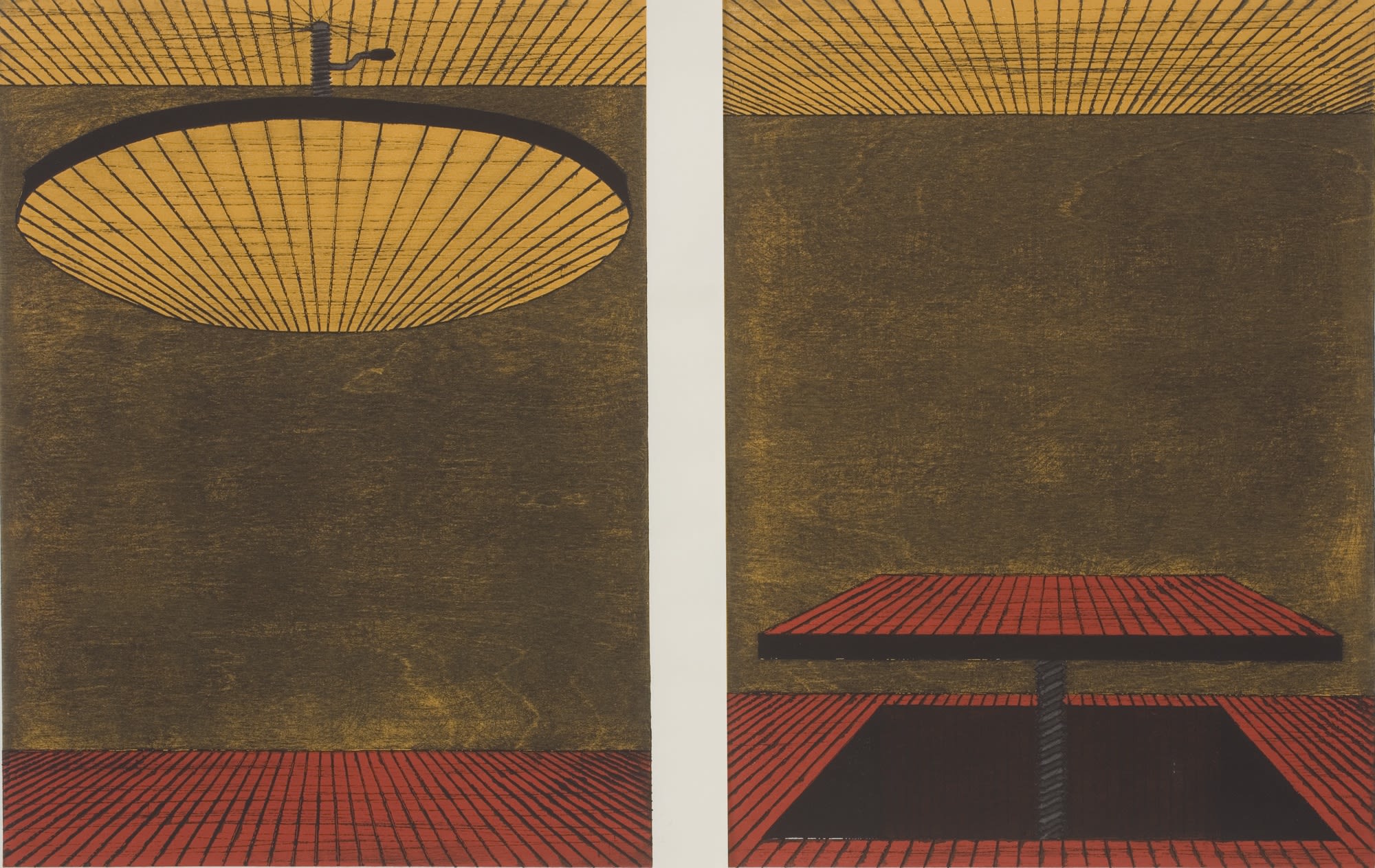The second artist in our International Women's Day series is Nana Shiomi RE. Since moving to the UK from Japan in 1989, Nana's work has been deeply rooted in exploring the interchange of influences between all parts of the globe, particularly between East and West.
Interview: Matilda Barratt in conversation with Nana Shiomi RE.
What first attracted you to printmaking?
For me, printmaking is very modern; an indirect intellectual way of expression. I believe it to be a very economical and democratic medium; I mean this because prints have editions. This means they are usually cheaper than unique works and an edition of, say, 30 can be enjoyed by 30 different people. This, to me, is the beauty of multiple work. Also, on a more practical level, prints are often more lightweight and easy to carry!
Painting and printmaking are totally different approaches to making art. In my mind, painting is like thinking about how to climb the mountain and printmaking is like thinking about how to climb back down the mountain. I first experienced printmaking when I was a third year student at the Japanese Art College when I was 20. After that I couldn’t escape the fascinating labyrinth of printmaking.

Could you tell us a bit about your process and some of the techniques that you use?
I am doing Woodcut print with water-based colours, hand printing with contemporary baren on Japanese paper. The colour blocks are relief and the final black key line block is intaglio. My technique is based on the Japanese traditional way of printing, however, I use contemporary tools and techniques including satin varnish, acrylic colours, window cleaner as a squeegee and router.
I understand that you moved to London from Japan in 1989. How has this move influenced you and your work?
If I hadn’t come to the UK, I probably never would have found myself. I gradually discovered my origin and Japanese heritage through my daily life, living and working in London as a foreigner. When I was in Japan, I never thought about my origin. At that time, I felt like I was a 100% westernised person who loved western art.
Making one’s own piece of something is isolating. You have to face yourself. My environment in London was the perfect place for this. I can concentrate by myself in my studio, and when I need to see good works of art, they are always there in galleries and museums all around me. When I show my work to the public, there is always a great audience. I think I'd never have survived as a printmaker if I was not in London.

Your work is often composed of two opposing sides, left and right. Why is this? What draws you to this aesthetic?
Working as a printmaker for so long has influenced my way of thinking. As an inevitable consequence of the printmaking process, the diametrical opposites of the plate and the print are welded together in a single, unbreakable schema. The rule of vice versa: the mirror image becomes the original and without one the other cannot exist. I catch these things through my printmaker’s eye.
Also, I think it is interesting to see our body and the symmetry there. We have a couple of eyes, ears, hands and legs, right brain left brain, etc... I expect there must be some chemical reaction when you face two opposing sides in front of you.
What do you hope to achieve with your work?
Nothing special. I just want to see my new work. I am interested in myself, and I am the very first audience of my work... So I want to surprise myself in a good way. I just look forward to showing people what I found.
What would your advice be to a young aspiring artist?
About forty years ago, I read Virginia Woolf’s ‘A Room of One’s Own’ in Japanese. She wrote, ‘a woman must have money and a room of her own if she is to write fiction’. At that time I wanted to be an artist but I didn’t know how to start… I felt that she had given me invaluable advice.
Girls, be ambitious! As well as boys. Happy International Women's Day!

More like this on the Blog...
Read: International Women's Day Series: Gertie Young
Read: International Women's Day Series: Jill Leman
Read: International Women's Day Series: Julia Midgley
Read: International Women's Day Series: Rachel Gracey
Read: International Women's Day Series Sally McLaren
